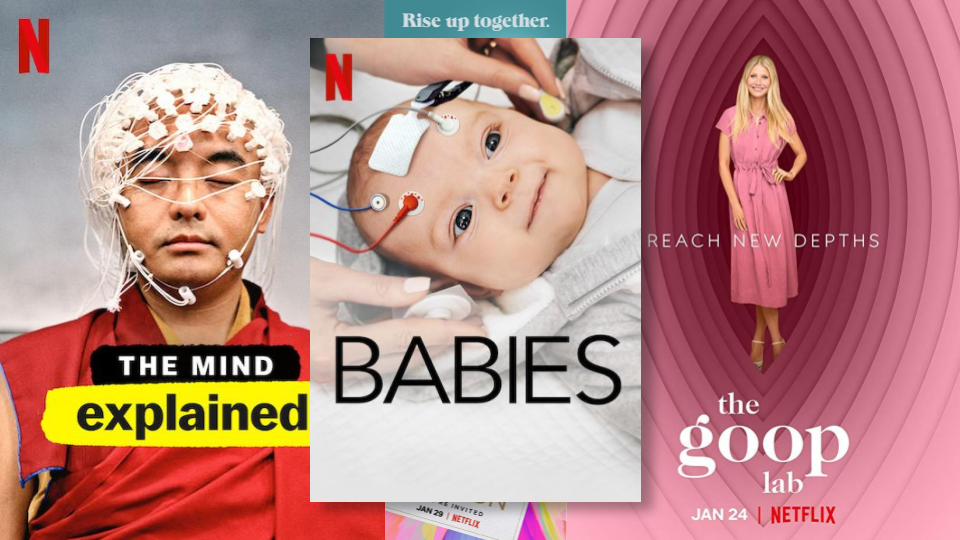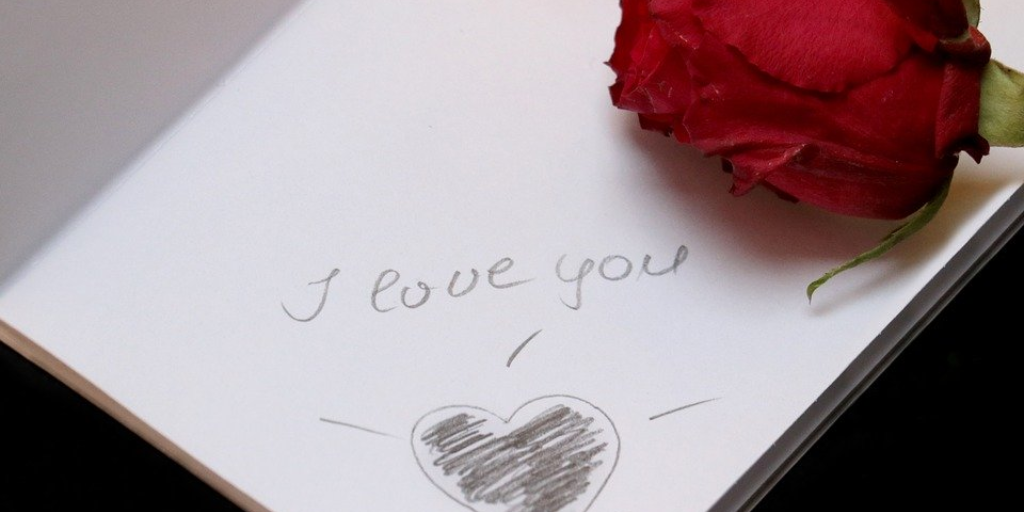Sunday Classics
by Jeric Llanes
It’s alive! One of the first (of many) films inspired by Mary Shelley’s classic novel, Frankenstein (1931) came during the second wave of “Universal Monsters”, an era where the legendary movie studio put out a series of horror films including the likes of other icons such as Dracula, the Mummy, and the Wolf Man. Perhaps the most famous of them all, Frankenstein is the story of an ambitious scientist out to create life through his own means. With his assistant Fitz (who many might better know as Igor), Frankenstein (played by Colin Clive) robs graves to gather body parts, crafting them together to create an abomination of a creature. Adding in the brain of a former murderer and with the help of some lightning, the artificial body bereft of life becomes the famous monster that has horrified audiences for decades.
The feel of this film is Gothic to its core, with most of the early scenes taking place in the late night, or in dark rooms isolated within rural buildings. This type of setting gives an old-style vibe to the film, which perfectly complements the narrative being told. Much of the horror comes from a constant feeling that something ominous is to come. It’s really eerie! There’s a bit of mystery in the early going, as we don’t know what Frankenstein is up to, or what lies beneath the covers on his operating table. And the setting really plays to this kind of tone, from the choice of the time period of the story, to the imagery choices with the lighting and backgrounds. I also love how there is no musical soundtrack throughout the movie, and the ambient noise of the winds and storms make up for a lack of music.
Though, one thing I kept an eye on was how the visuals seemed to be contrasted with Frankenstein. If we can consider this anything more than a simple monster movie, then the story we have here is one about outsiders. The Gothic tone of the film makes our protagonist stick out. The mad scientist always seems to be wearing a bright lab coat, which in a black and white picture is accentuated even more when everything around him blends in with the darkness. This is a small nod to the fact that he’s not like the rest of our characters, who coincidentally seem to be wearing darker apparel. Frank is predominantly an outsider in this small village. He studies science for one, which makes him more educated than his neighboring villagers. But what pushes this even further is the fact that he’s out to do something that no one thinks is possible. He wants to create life out of the dead. Even to the wildest of dreamers, that goal seems a bit unreachable!

Frankenstein (Colin Clive) is in between his assistant Fritz and his Monster. Notice how both Frankenstein and the Monster brightly stick out in the picture. (Photo Credit: IMDB)
Of course, Frankenstein achieves the dream, but soon realizes he’s in a nightmare. The Monster (played by Boris Karloff), is terrifying just from a physicality standpoint. He towers over the rest of the characters, and has forceful strength that can overpower anyone who comes his way. However, the true fear comes from his unpredictability. The Monster has to deal with suddenly being brought to life, with no sense of who he was before or why he was brought into the world. Essentially, it’s no different than a newborn infant, and Frankenstein is his father. (Imagine having to watch over a curious child, but one with the strength to toss around adults like rag dolls!)
But there’s another layer of themes underneath the classic movie monster plot that all revolve around being an outsider in society. Yes, Frankenstein’s monster is dangerous and the character is the antagonist of the film. But there are several touching moments in Karloff’s performance where he shows that the Monster has the potential to interact well with other characters. Though, with his own creator rejecting him and all the other characters reacting in fear of the grotesqueness of his artificial body, all the Monster could ever know is fear and hatred.
Pay close attention to the Monster’s eyes throughout the film, and you’ll see that it’s just as scared as the people who seek to end its life. Subtle touches like this give duality to the villain, which makes for a more interesting character that’s deeper than a mindless killing machine.

Both Frankenstein and his Monster are outcasts in this film. (Photo Credit: IMDB)
The plot itself seems to get oversimplified towards the end of the film (as with most monster-movies), but I think there are some subtle character details and dramatic themes to look out for and keep in mind when watching through. A lot of the film pays homage to the original novel, as this is more of a loose adaptation rather than a switching of story-telling mediums. But certainly, this film is a classic in its own right. It has elements that defined the Universal Studio’s Monster genre, but also has enough thematically to remind us of what makes the entire Frankenstein lore timeless.
Where to Watch this Film: Frankenstein (1931) is available for rent/purchase on Youtube, Amazon Video, VUDU, Google Play, iTunes, and Netflix DVD.








Picking up the story three years after the ending of The Godfather, The Godfather Part II continues the saga of Michael Corleone (Al Pacino) as he looks to bring his family’s reputation…
Read More →